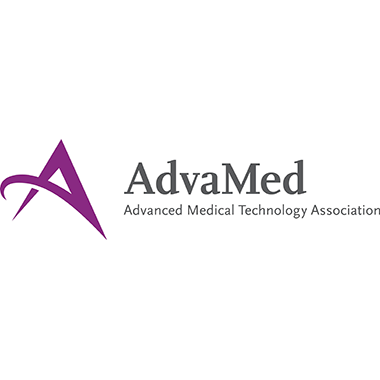AdvaMed Warns EPA of Massive Interruption to Patient Care

In comments filed with the Environment Protection Agency (EPA), industry association AdvaMed called for continued cooperation between the medical device industry and the EPA as the regulations covering medical device sterilization using ethylene oxide (EtO) move forward. AdvaMed said if the proposals are finalized as written, the U.S. will see a massive interruption in patient care and access because of a 30% to 50% reduction in sterilization capacity for life-saving devices.
“As we review these EPA proposals, it’s important to remember that we come to these discussions as partners, not as adversaries,” said AdvaMed President and CEO Scott Whitaker. “The MedTech industry and EPA must continue working together to improve these two proposals.”
AdvaMed pointed to specific policies that EPA must address in its proposed regulations to preserve patient access to medical devices necessary for timely care, including:
- Capacity reduction. The proposals as drafted will result in an estimated total capacity reduction at sterilization facilities of 30% to 50% per site and even upwards of 70% or more for some facilities. This will likely result in a significant disruption to patient care and risk a public healthcare crisis. AdvaMed conducted an industry gap analysis to meaningfully assess impact and the risk to critical sterile infrastructure of the proposals.
- Sterilization facilities are not uniform operations. There is no “one-size-fits-all” approach to the MedTech industry and sterilization. Any final determination must allow for flexibility to prevent any delays in lifesaving, life-enhancing, and timely patient care.
- Revalidation. Millions of products would require revalidation, including extensive testing and change management with U.S. and worldwide regulatory submissions. This in turn would also cut capacity sharply and disrupt the supplies of critical medical technology needed for patient care.
- Some elements of the two proposals are conflicting or make implementation technically impossible. Careful analysis is needed of the interplay between EPA’s proposed rule and its proposed interim registration decision to ensure workable rules that can be reasonably implemented.
- No consideration of background levels of EtO. Ethylene oxide is in the air from many sources, but neither EPA action takes this into account. Background concentration must be considered in meaningful risk assessment.
- Flawed risk assessment. EPA’s risk assessment model is fundamentally flawed, relies on a single study, and ignores recommendations by the National Academies of Science, among others.
- Technical feasibility. The EPA proposals in certain cases call for technology that either does not exist or is in limited supply, exacerbating capacity decreases and patient care and access delays to sterile medtech.
- Timeframe is not feasible. The proposed rules’ implementation timeframe of 18 months is impossible to meet and will exacerbate critical infrastructure shortages.